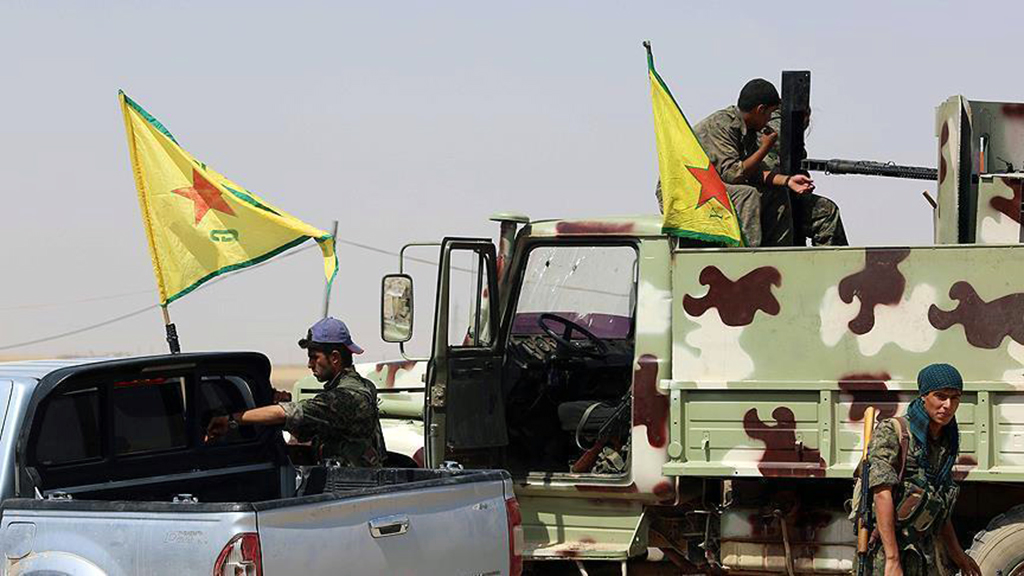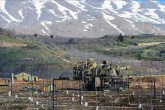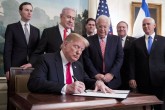According to current data, the YPG is in possession of an area of approximately 50,000 km2, which constitutes 30% of Syria’s total surface area. Among the areas under YPG control, there are highly valuable energy (petroleum and natural gas) and water resources, not to mention agricultural lands. To be more precise, 50% of Syria’s irrigable lands, 70% of its energy resources, and 95% of its water potential are in the parts of Syria that are under the YPG terrorist organization’s control. In other words, the most crucial factors that have been determining Syria’s GDP do not serve the same civilian purposes any longer. Syrian nationals have been suffering and migrating since they do not have access to fresh water, food, energy, and other related products. The reconstruction cost has been increasing and the gap to compensate these costs has been widening.
Prior to the YPG, DAESH, a terrorist organization that was once very influential, controlled the exact same territory. The geopolitically advantageous status of this region was the main reason why DAESH operated there. In addition to non-state actors, the same areas have been attracting the attention of different regional and international powers. Therefore, the critical geopolitical significance of the YPG-controlled areas ought to be extensively analyzed so as to comprehend the struggle in the region and to be able to make more reliable assessments…
In this article
- Perspective
- CENTCOM
- DAESH
- Donald Trump
- East of the Euphrates
- Fight against DAESH
- Global Actors | Local Actors
- Kurdistan Workers' Party Terrorist Organization (PKK)
- Liquefied Natural Gas (LNG)
- Middle East
- NATO
- NATO Ally
- Operation Euphrates Shield
- Peace Corridor
- People's Protection Units (YPG)
- PKK - YPG - SDF - PYD - YPJ - SDG - HBDH - HPG - KCK - PJAK - TAK - YBŞ
- Safe Zone
- SETA
- SETA PDF
- SETA Perspective
- Syria
- Syrian Civil War
- Syrian Conflict
- Syrian Crisis
- Syrian Democratic Forces (SDF)
- Syrian National Army (SNA)
- Syrian National Coalition
- Syrian Opposition
- Syrian Refugees
- Terrorism
- Trump’s Syria Withdrawal
- Turkish Foreign Policy
- Turkish-American Relations
- Türkiye-US Relations
- Türkiye-US Security Relations
- Türkiye's Foreign Policy
- Türkiye's Operation Peace Spring
- Türkiye’s Operation Olive Branch
- United States (US)
- US Withdrawal from Syria
- US-PKK/PYD/YPG/SDF Relations
- US-Terror Relations
- Vladimir Putin




